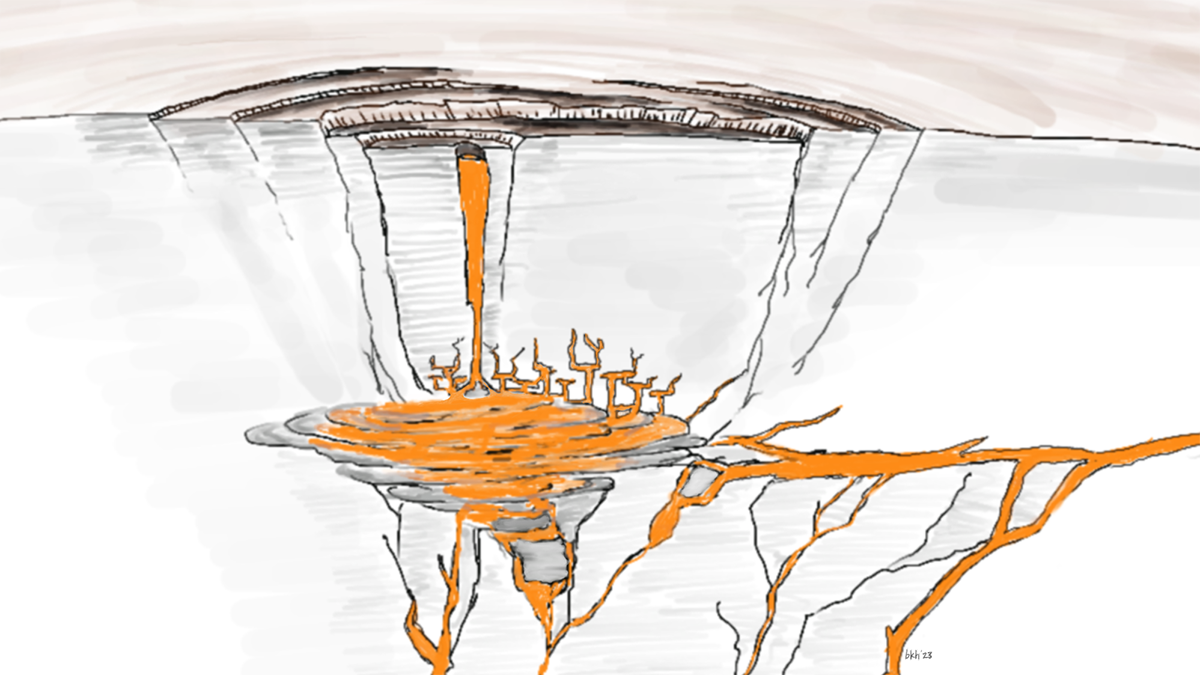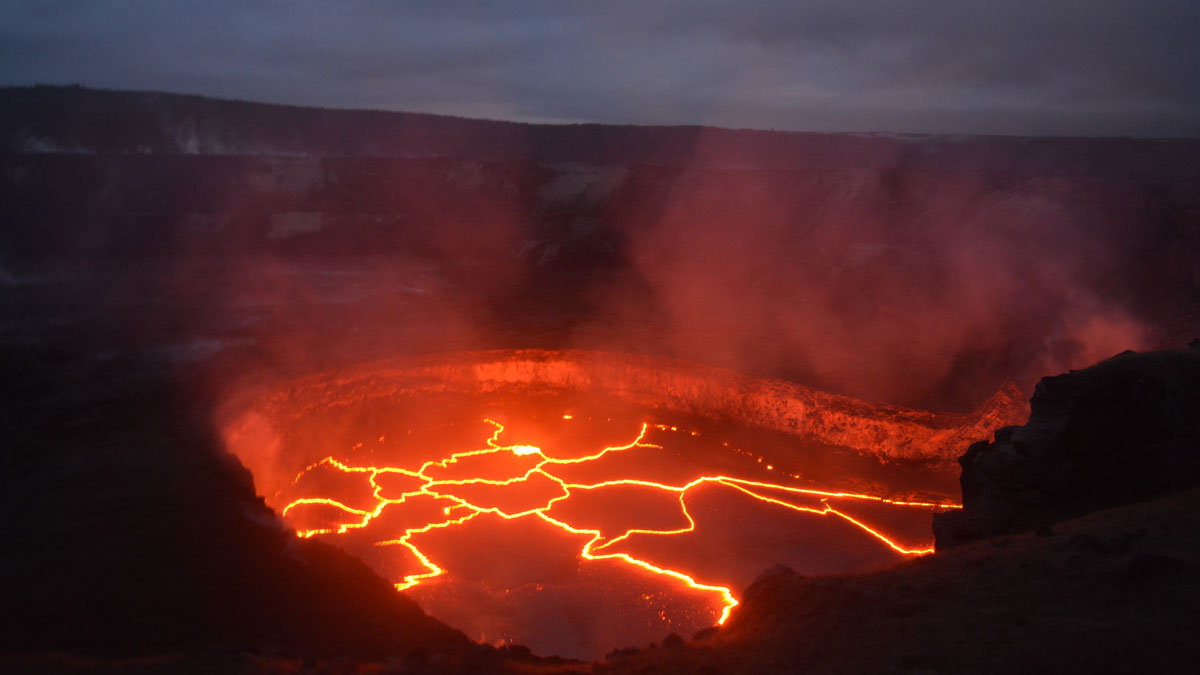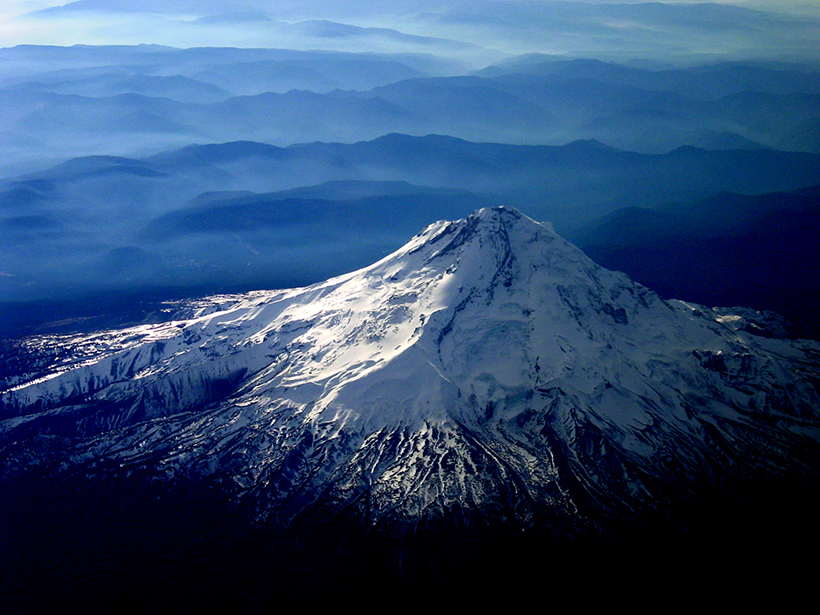Dozens of researchers deployed nearly 2,000 seismic stations—and a T-Rex—to better illuminate subsurface structure and magma storage below the summit of the highly active volcano.
Kīlauea
Earth Is Noisy. Why Should Its Data Be Silent?
Combining visual and sonic representations of data can make science more accessible and help reveal subtle details. The recent decade-long eruption of Hawaii’s Kīlauea Volcano offers a prime example.
Roosters, S’mores, and #EmergencyCute: A Humor-in-Crisis How-To
When natural hazards strike communities, we may not think science agencies should respond with humor. Researchers suggest that sometimes, however, humor can connect communities and bring smiles.
Volcanic Lava Lake Belts Out Its Secrets in Seismic “Songs”
A cacophony of magma displacements and volcanic gases recorded underneath Kīlauea’s roiling lake of lava could one day provide information to help predict future eruptions.
Hundreds of Volcanic Explosions Detected Underwater at Kīlauea
Hundreds of volcanic explosions detected underwater at Kīlauea
The explosions, identified during the 2018 eruption phase, offer a clear acoustic signal that researchers could use to measure ocean properties.
Making the Most of Volcanic Eruption Responses
Last year, a new collaborative initiative conducted a hypothetical volcano response exercise. A month later, they put the knowledge gained to use during an actual eruption.
Volcanic Tremor and Deformation at Kīlauea
Two new studies investigate activity at Hawaii’s Kīlauea leading up to and following the 2018 eruption to better understand the volcano’s plumbing and behavior.
Insights from the Depths of Hawaii’s Kīlauea Volcano
One of the world’s best monitored and most active volcanos still has secrets to yield, and researchers are turning to vapor bubbles trapped in melt inclusions to find them.
From Lava to Water: A New Era at Kīlauea
At Kīlauea Volcano, scientists are using unoccupied aircraft to monitor the new water lake, a possible harbinger of explosive activity, that formed after the volcano’s 2018 eruption.
Fault Dips Figured in Kīlauea’s Caldera Collapse
Large-volume volcanic eruptions can create instabilities in the ground above magma chambers, leading to massive collapses and telltale calderas.










